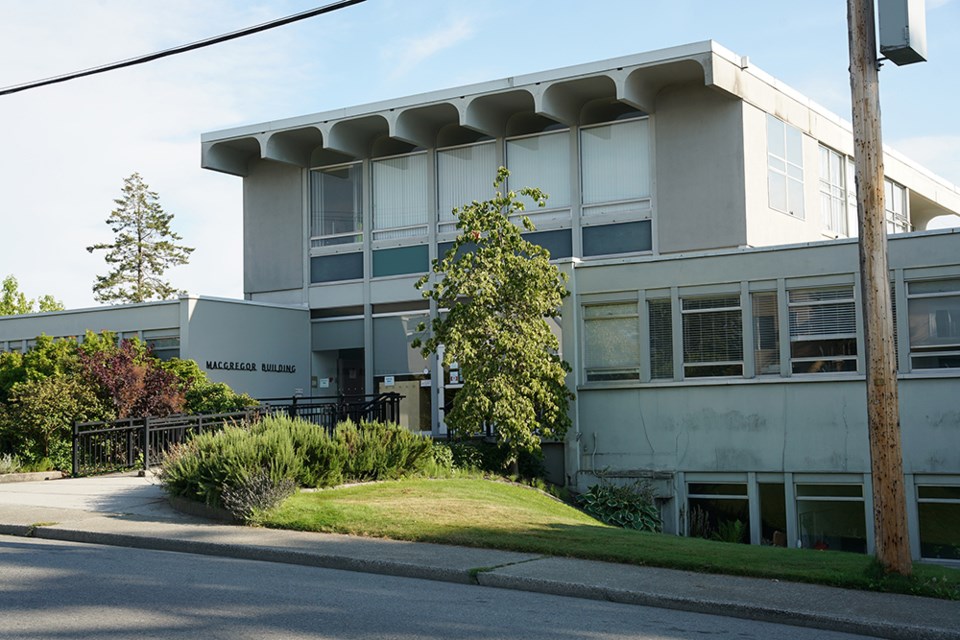Draft one of City of Powell River’s 2025 five-year financial plan proposes an 11.4 per cent increase in property tax levy to maintain current city services.
At the December 3 committee of the whole meeting, chief financial officer Mallory Denniston outlined the plan, providing detail for city councillors on what the budgeting process looks like. She provided an extensive written report.
“This report is the starting point for budget deliberations for the 2025 five-year financial plan bylaw, which must be adopted before May 15 next year,” said Denniston. “As directed by council, draft one makes no change to city service levels, representing the base budget where status quo is maintained. This also includes focus on council’s strategic priorities.”
Denniston said given the city’s cost pressures, the draft one property tax levy is proposed to be 11.4 per cent. Denniston said a survey of nine other communities indicates an average property tax increase of nine per cent.
“City of Powell River is not alone in the need to increase property taxes to maintain service levels,” said Denniston. “These communities have similar cost drivers, with aged infrastructure and insufficient capital savings being the main reason for property tax increases.”
Denniston said the proposed 11.4 per cent increase would result in an estimated $294 property tax increase for an average single-family dwelling, and $1,003 for an average business.
“These estimates are based on the 2024 assessment roll, and so they are very high-level, contextual estimates,” said Denniston. “In January 2025, we will receive the completed 2025 assessment roll, so I caution that these are just for contextual purposes.”
Denniston said draft one outlines the investment required to maintain all the city’s services.
She said the city’s costs can be divided into two types: operating and capital. A breakdown of operating costs indicates 56 per cent being spent on labour, with most of the costs tied to three different collective agreements, which are all currently under negotiation, she added. Amortization, at 12 per cent, is the second highest operating cost. There are other cost pressures, such as a 10 per cent increase in insurance, a 12 per cent increase in tipping fees and an eight per cent increase in contribution agreements to nonprofit organizations, according to Denniston.
There is $3.2 million in the budget for special projects, said Denniston. She said the most notable is a $270,000 expenditure for a buildings master plan to provide replacement or major upgrade strategy to address the city’s aging buildings, focusing on Powell River Recreation Complex, the fire hall, city hall and the public works yard.
“These are the most significant buildings that require replacement or major upgrades,” said Denniston. “These buildings are between 50 and 65 years old and have cost $27 million over the buildings’ lifetimes.
“They are past their useful lives, but there are no savings to replace these buildings. Having an assessment of these buildings is strategic because it will provide more efficient replacement and/or major upgrade options. Until the buildings master plan is completed, staff recommend building reserves for these projects, since there are no funds currently saved.”
Denniston then outlined capital costs. She said there is $37 million in capital costs planned for 2025, with $30.4 million already approved, $4.8 million in new expenditures and increases of $1.5 million.
The city’s infrastructure is in line for major capital improvements, according to Denniston, with no reserve savings for many of these costs.
“Looking at the long term, the reserve forecast chart projects a $170 million capital deficit in the next 100 years, and this is assuming we maintain the same capital contribution in 2025 for the next 100 years,” said Denniston.
In terms of borrowing, the city’s long-term debt is $35 million, with 77 per cent of this allocated toward the wastewater treatment plant. The 2025 interest cost is $1.25 million and the principal is $900,000.
In putting together the budget, Denniston said the main assumption was to maintain current service levels, with a focus on council’s strategic priorities. She said the second is that it builds in the maximum amount of contributions from qathet Regional District under the funding agreement for the recreation complex. Should the city receive less than the maximum amount, then it would need to increase property taxes to offset that loss in revenue, she added.
Denniston said the largest risk to the financial plan is the major industry assessment. With the closure of the Catalyst Paper Tis’kwat mill, it is unknown what the value and class will be for that property.
“It has major implications on all the taxpayers,” said Denniston. “After the completed roll is published, staff will come forward with a comprehensive report on the completed 2025 assessment role, including any impacts around the major industry property.”
Join the Peak's email list for the top headlines right in your inbox Monday to Friday.



